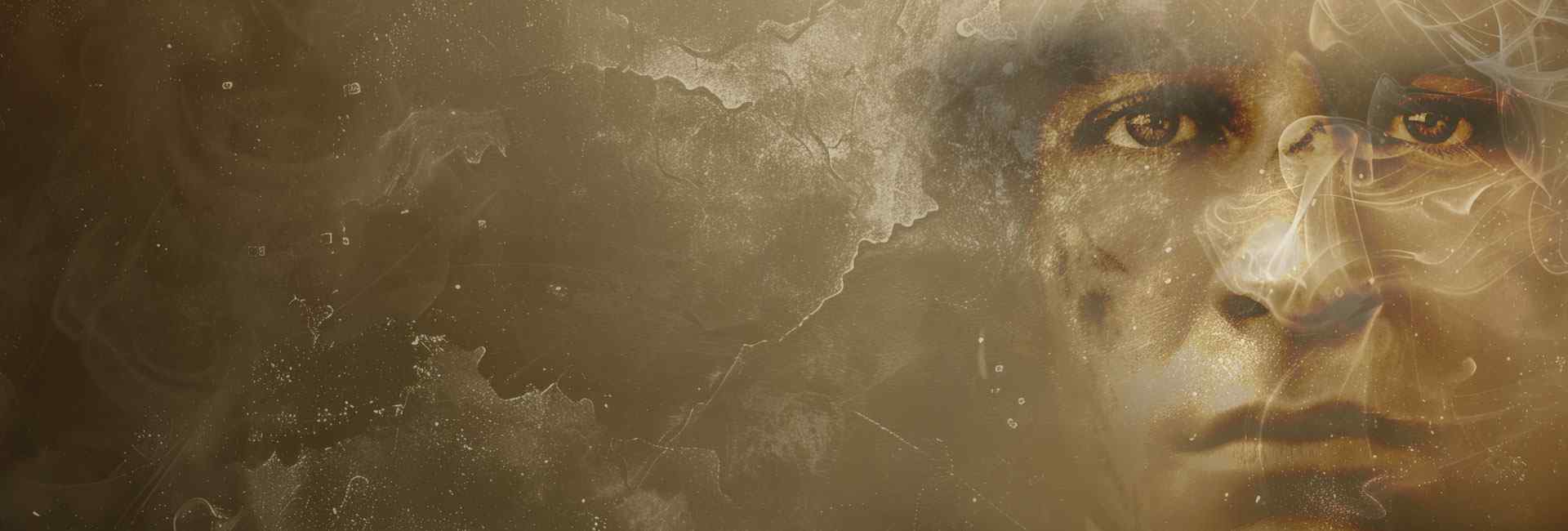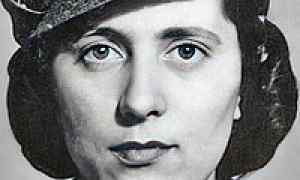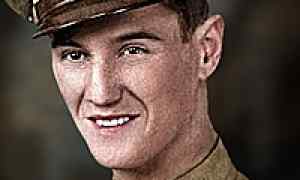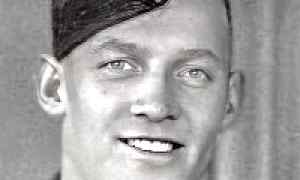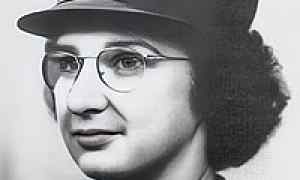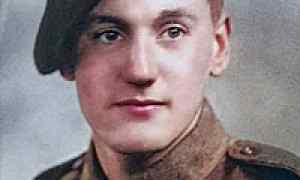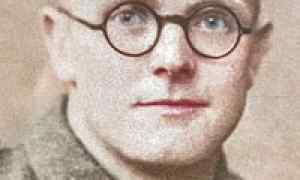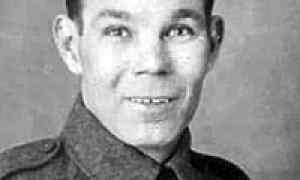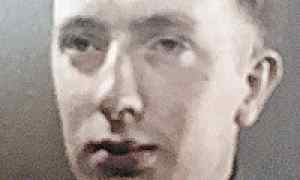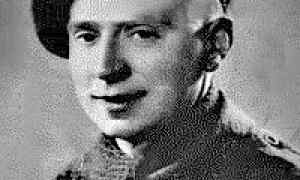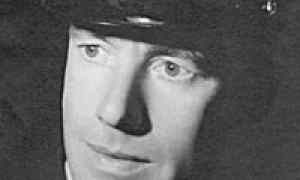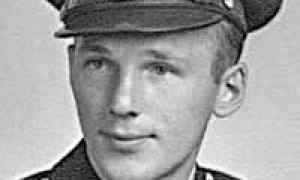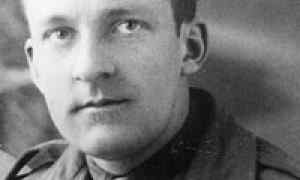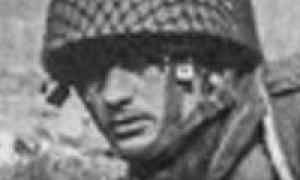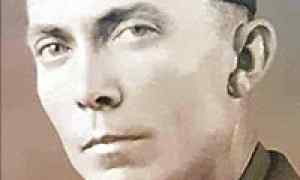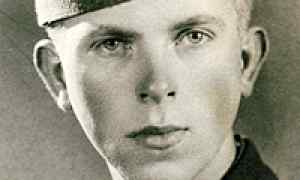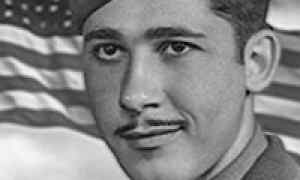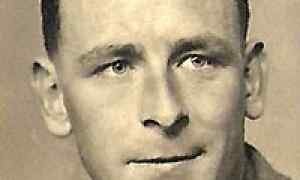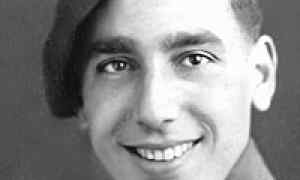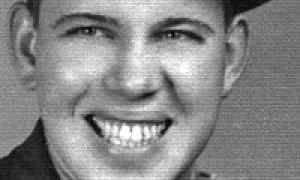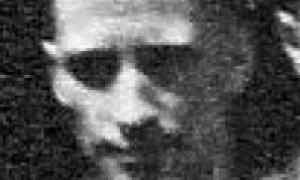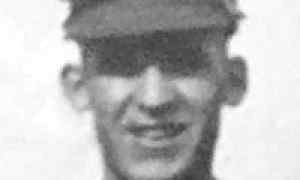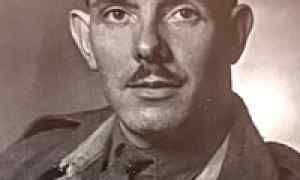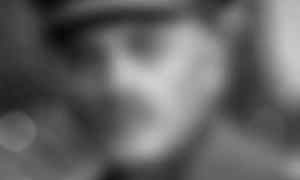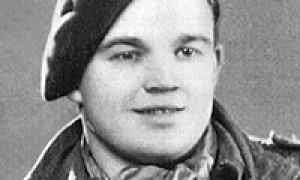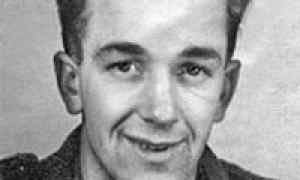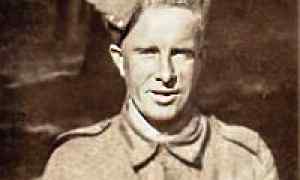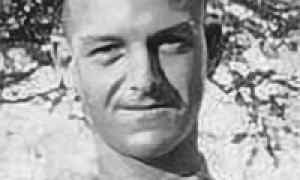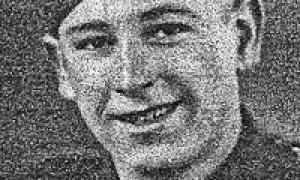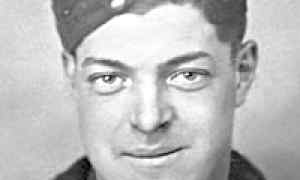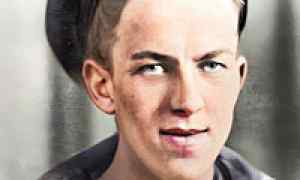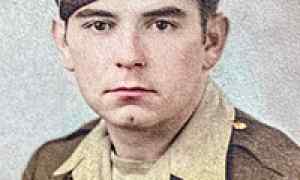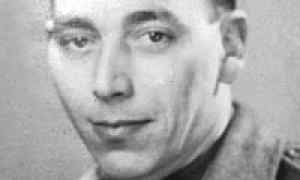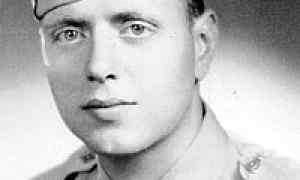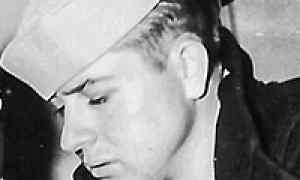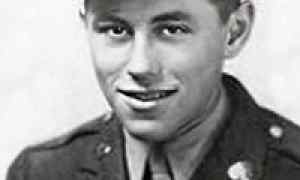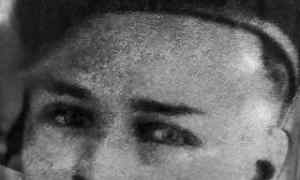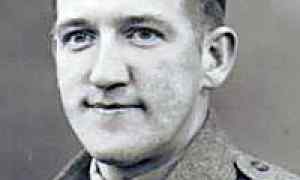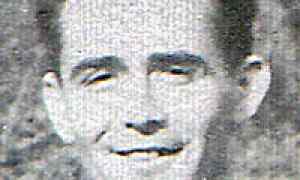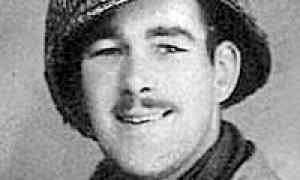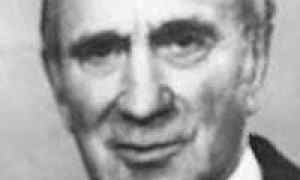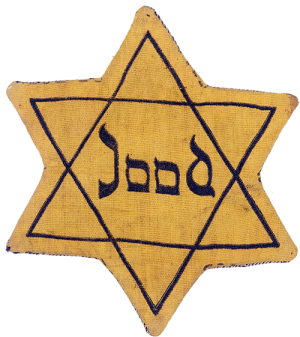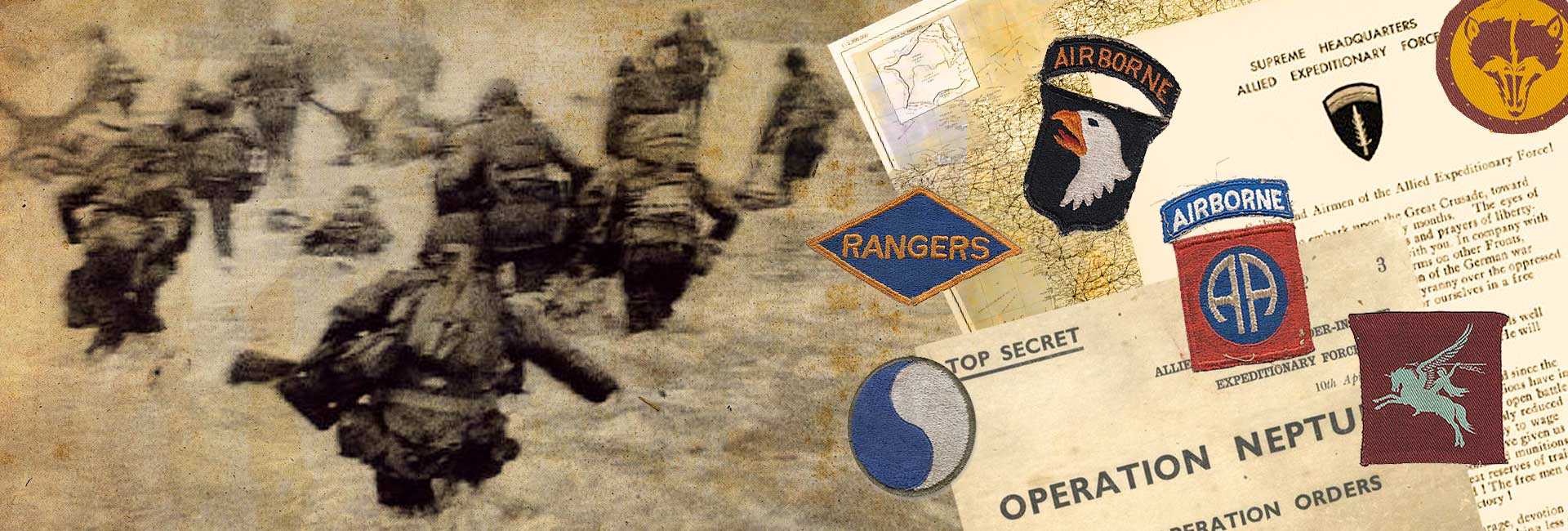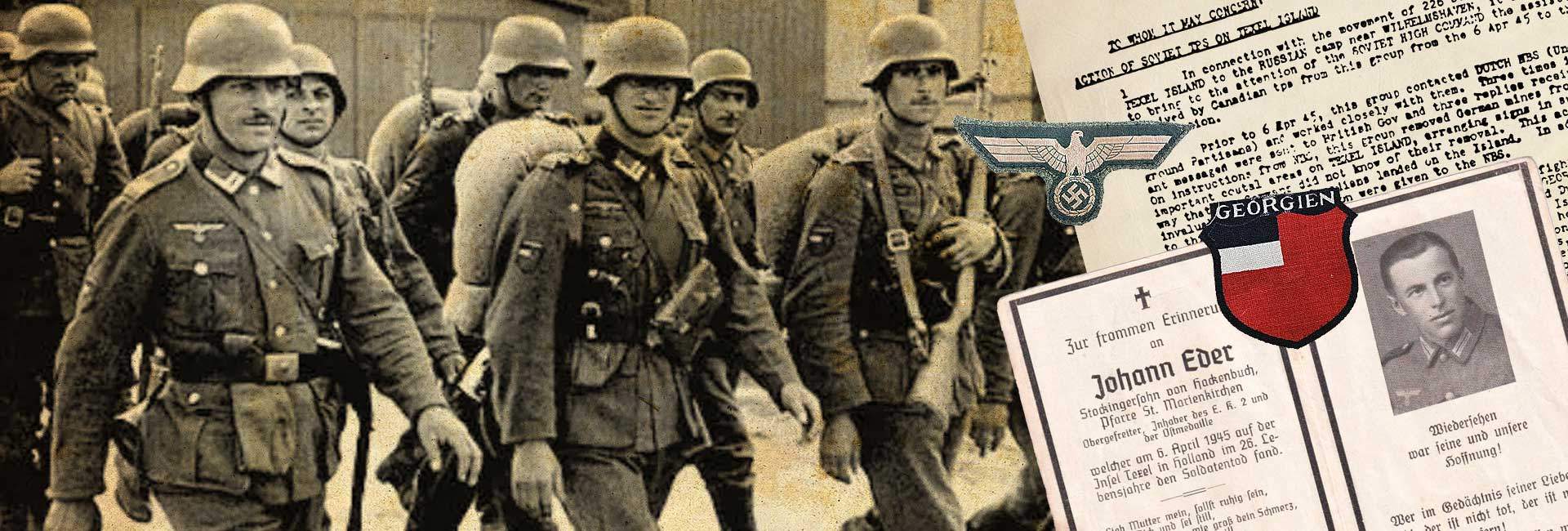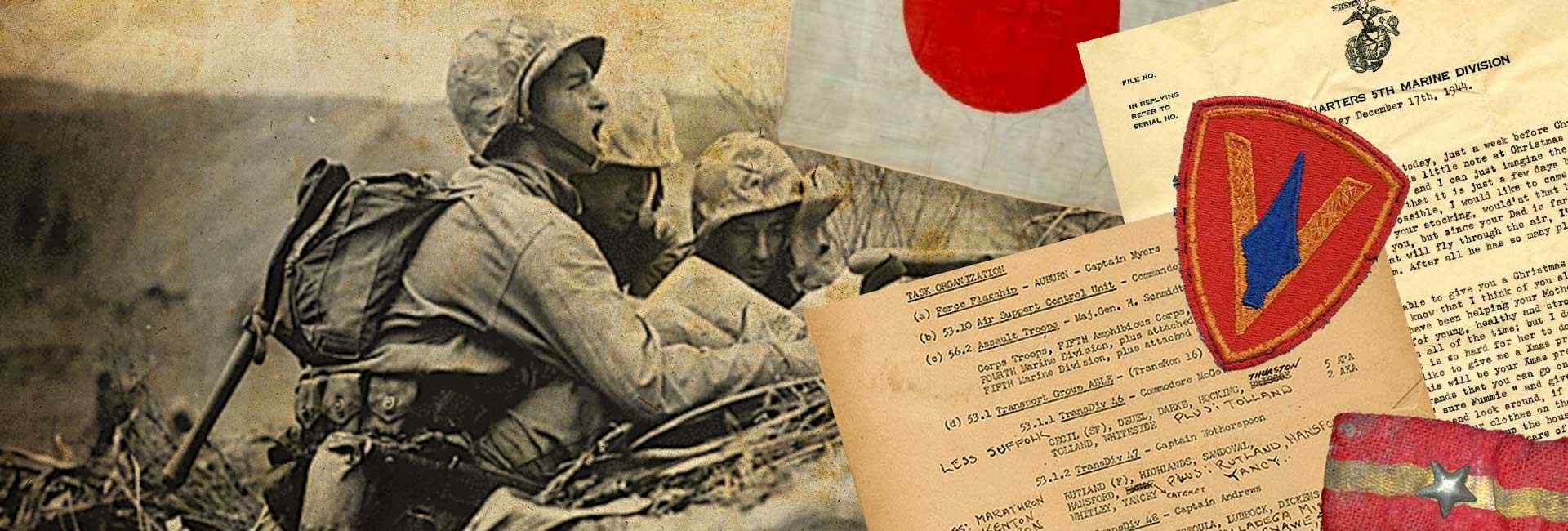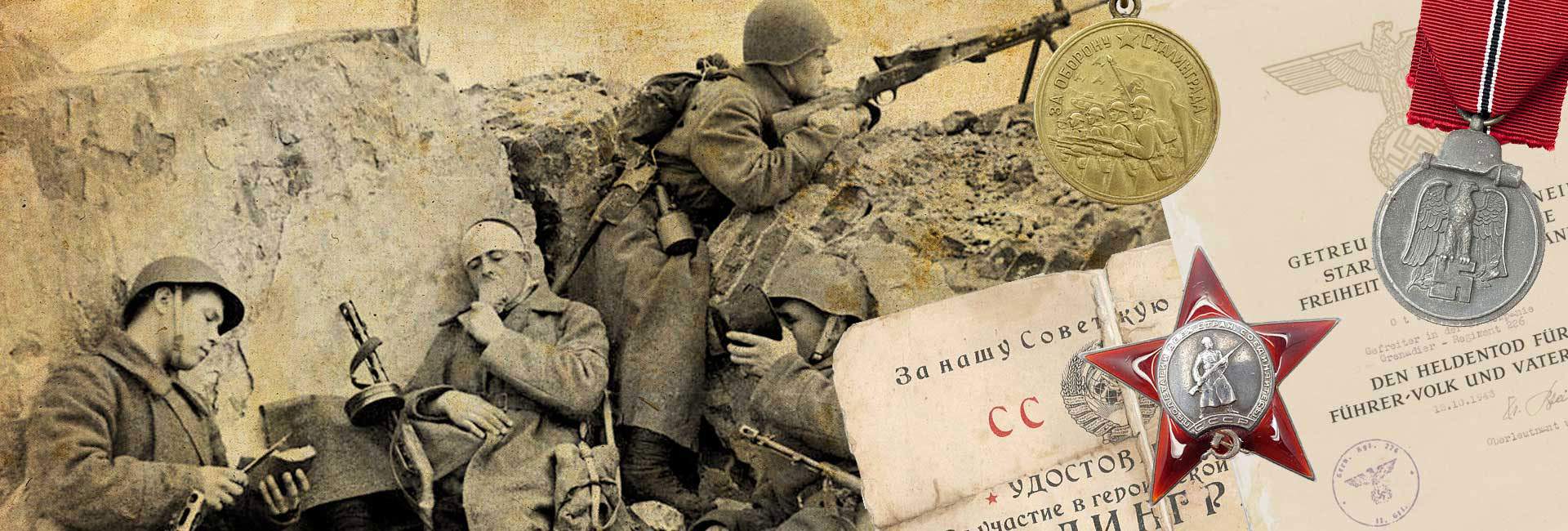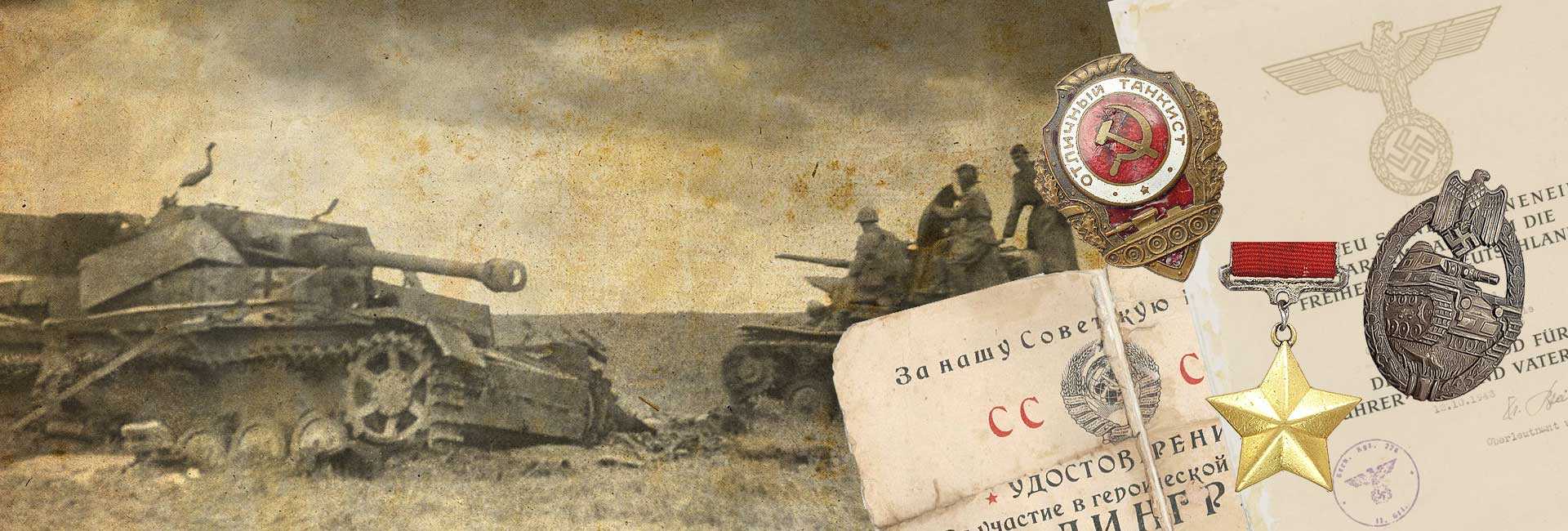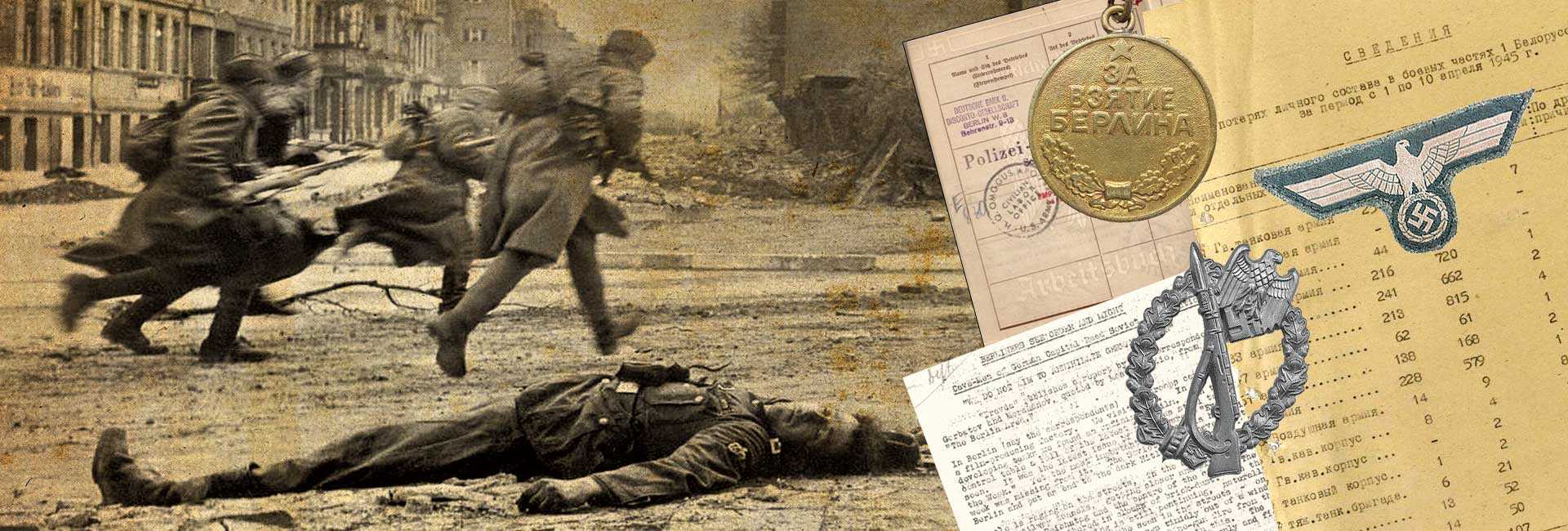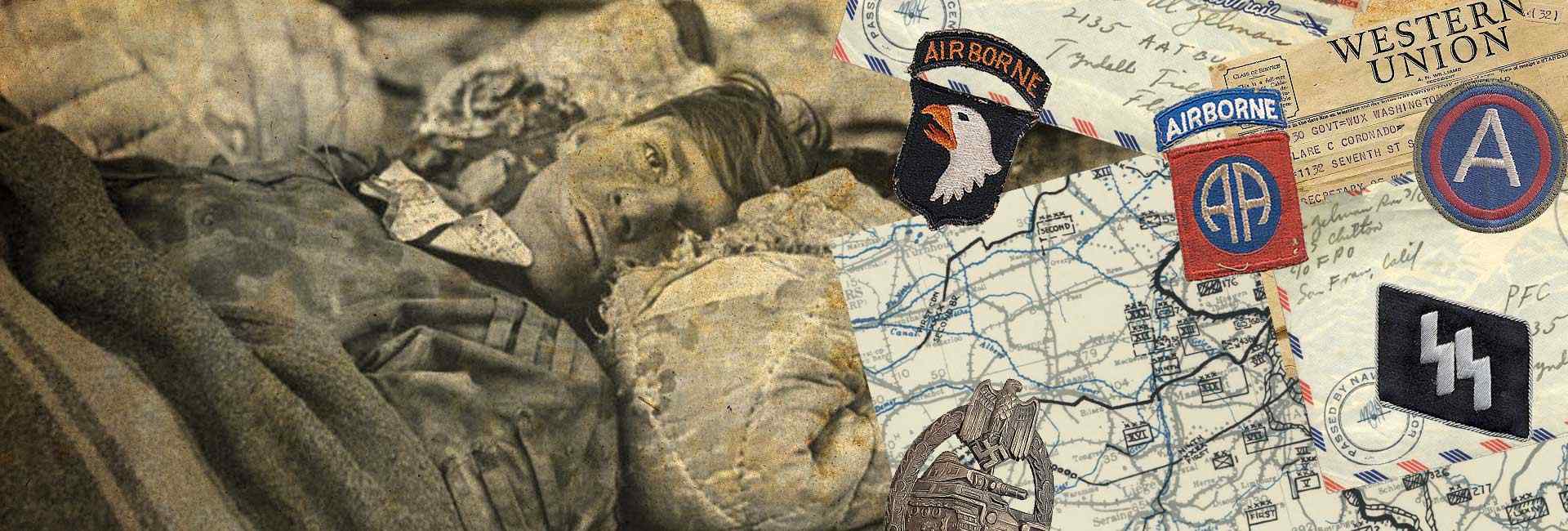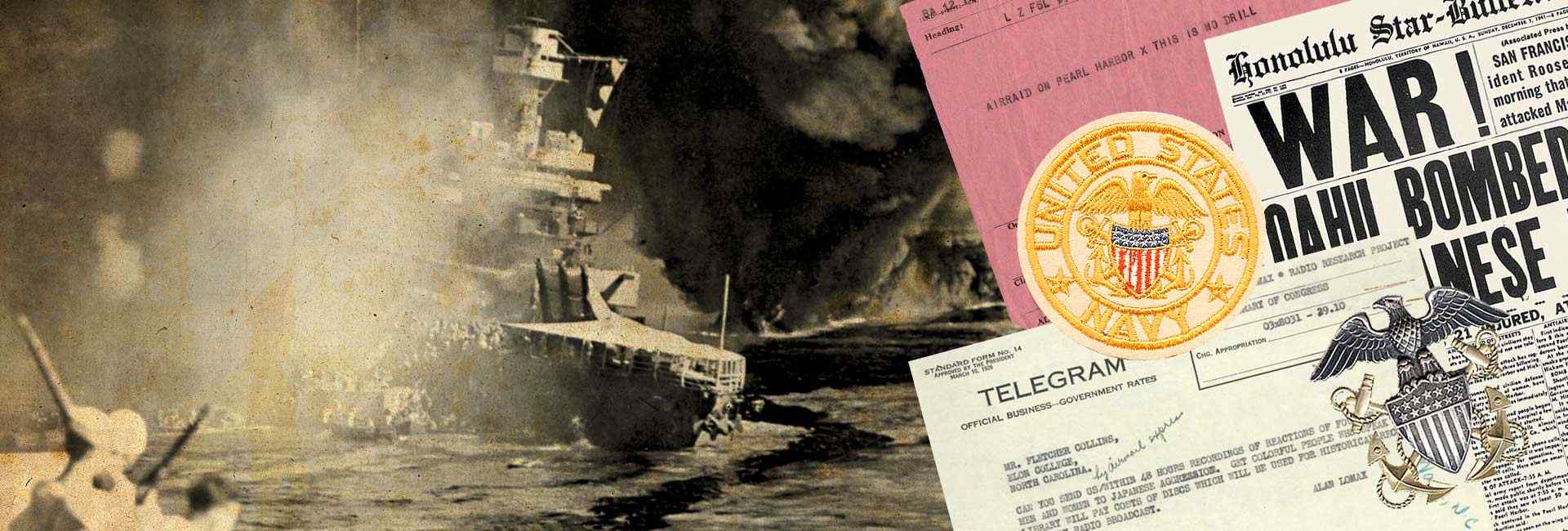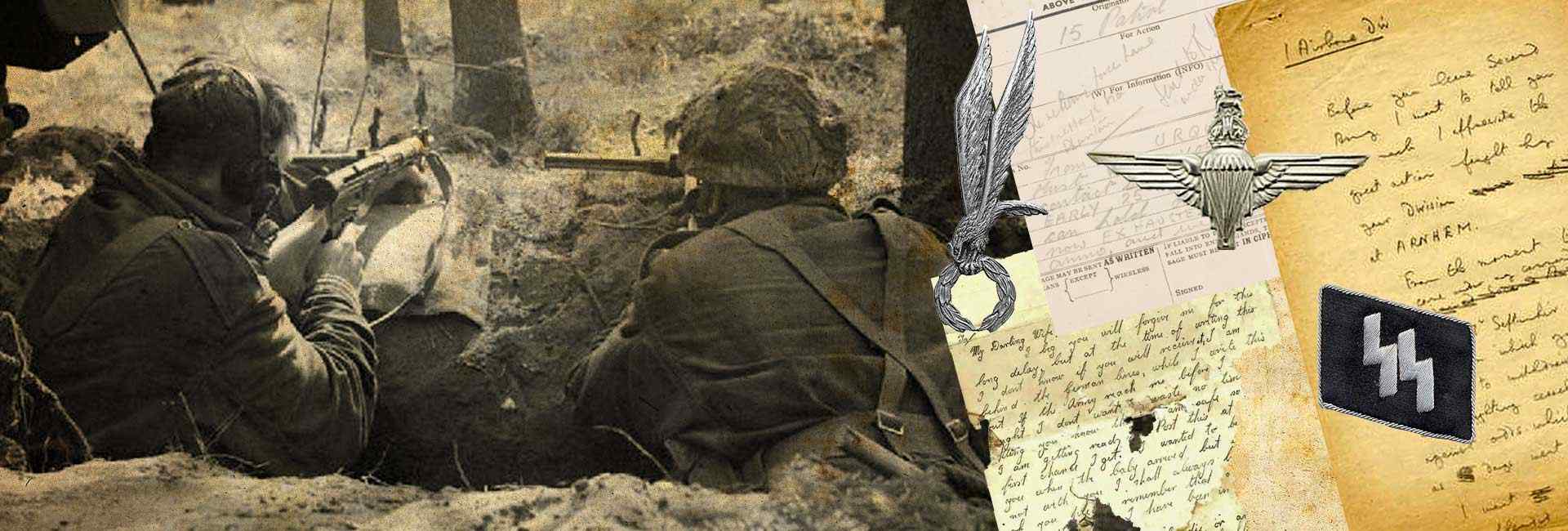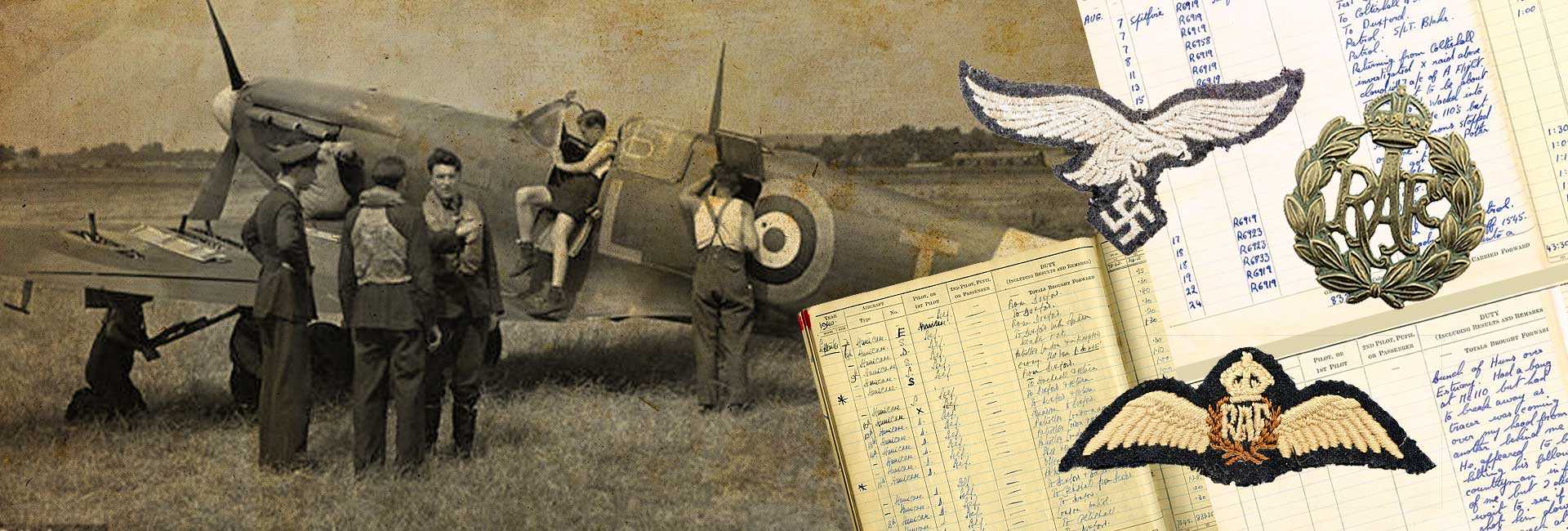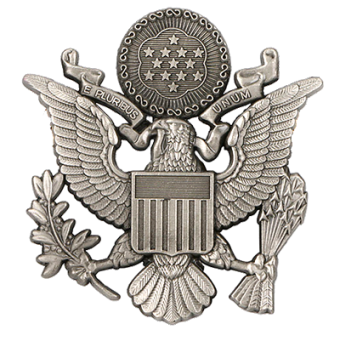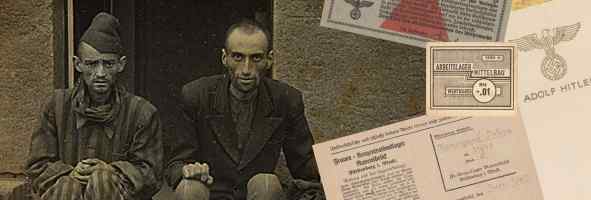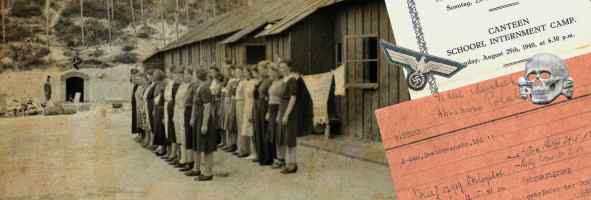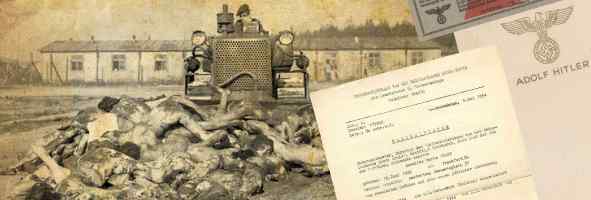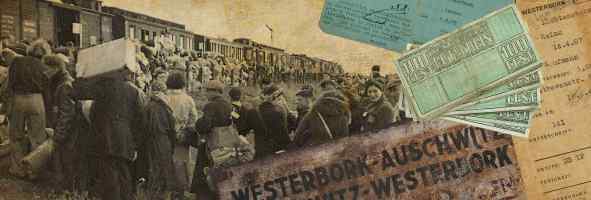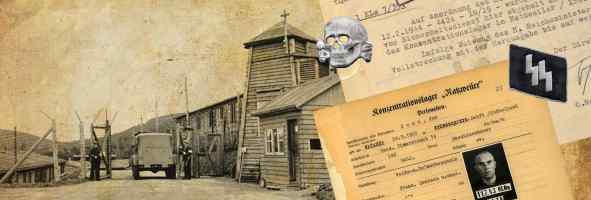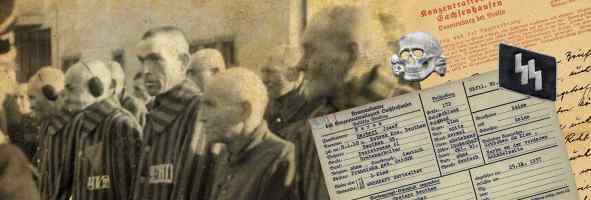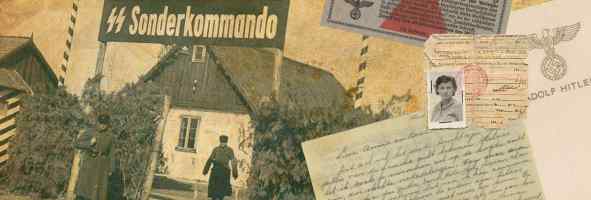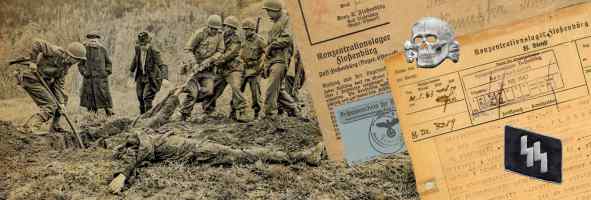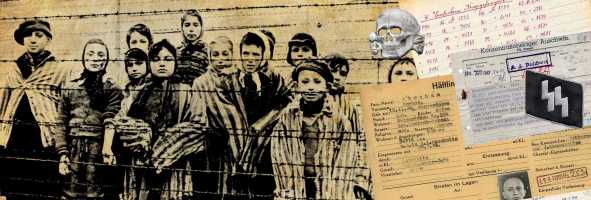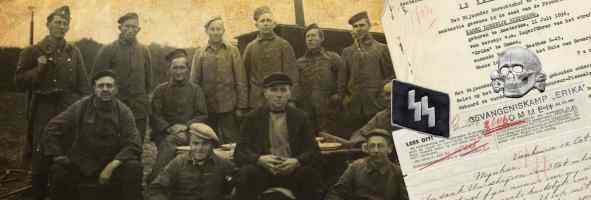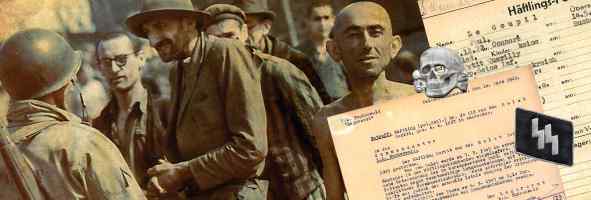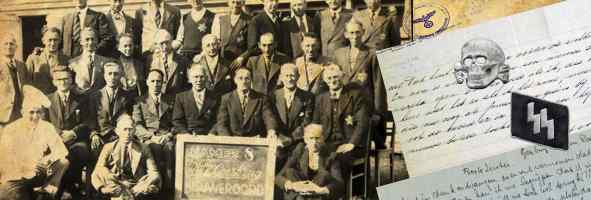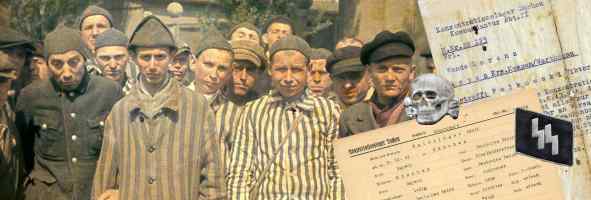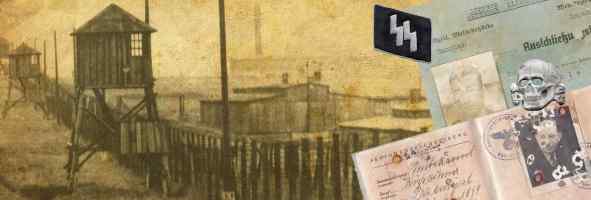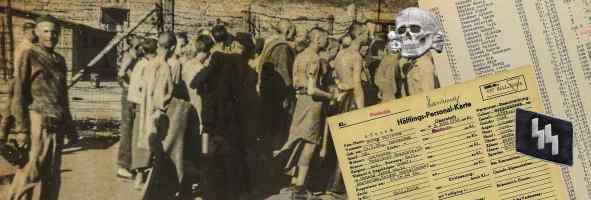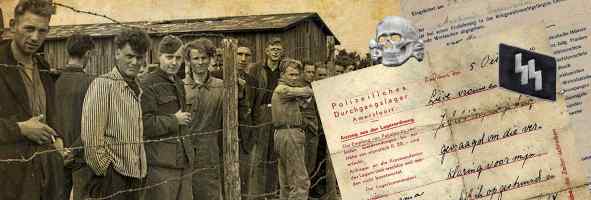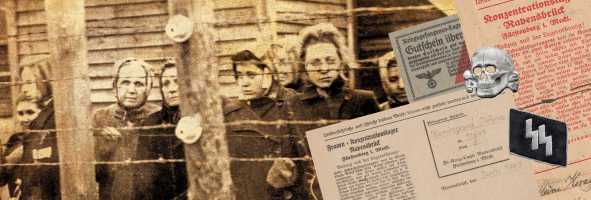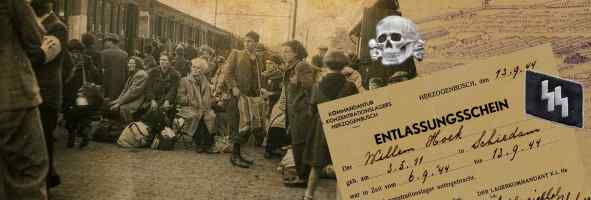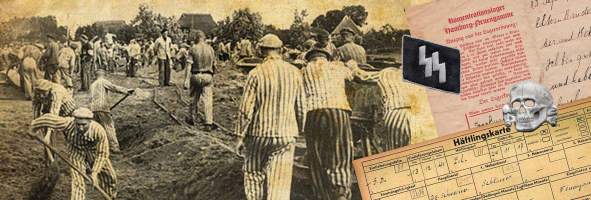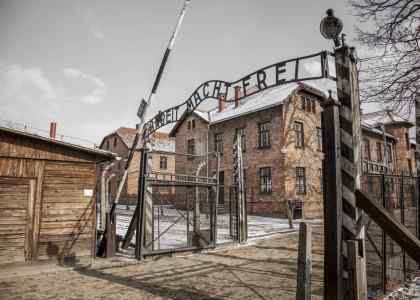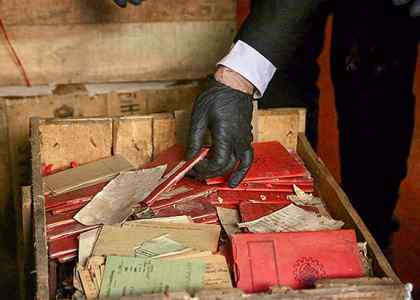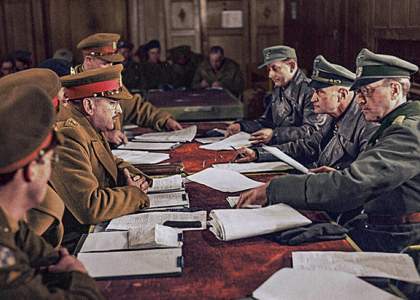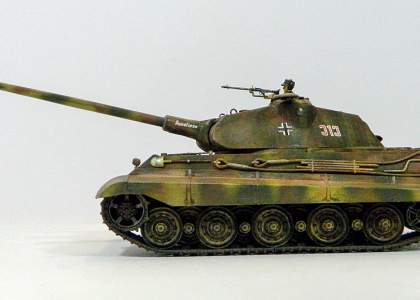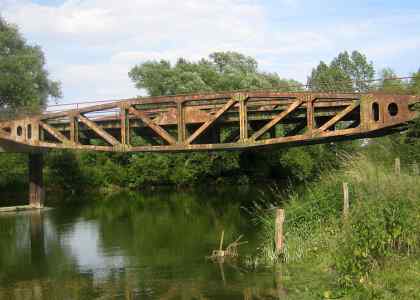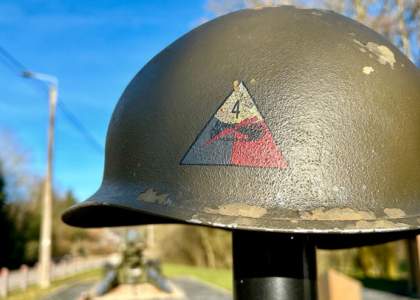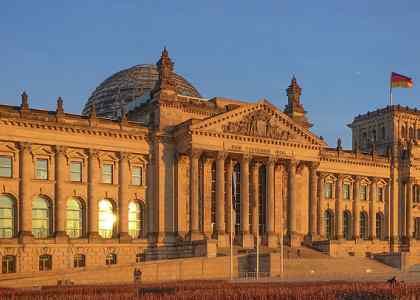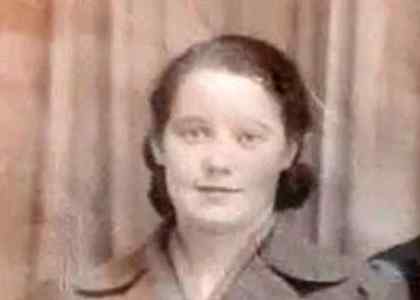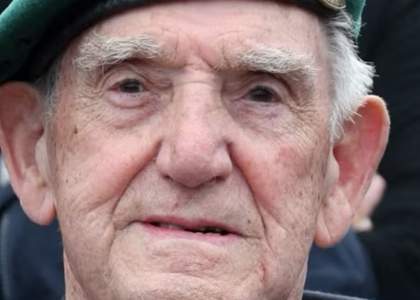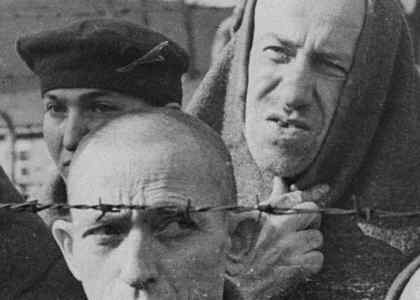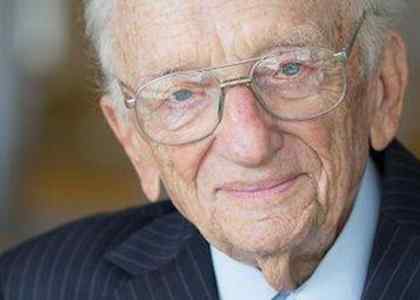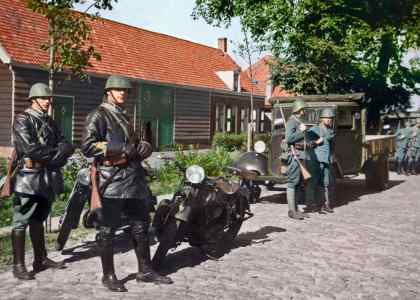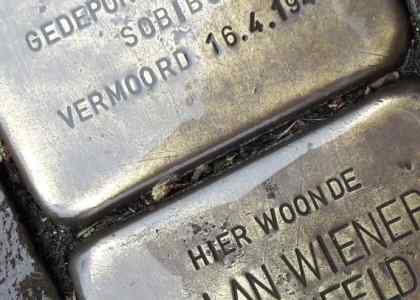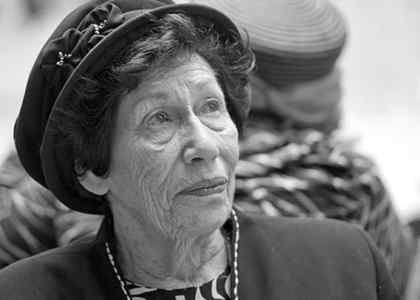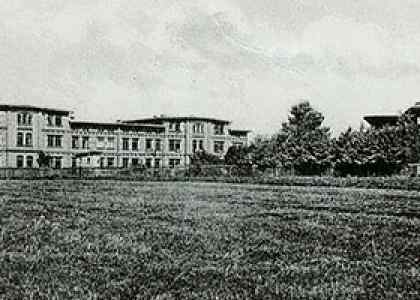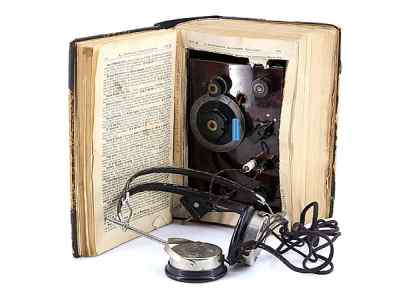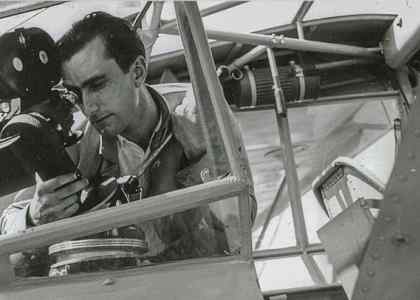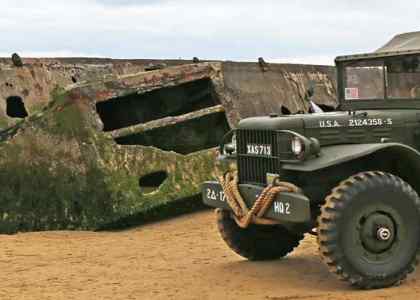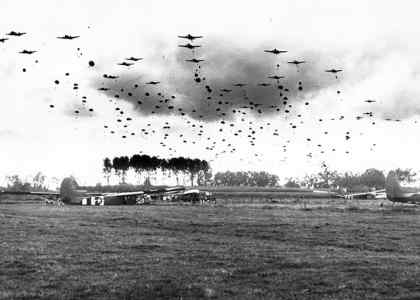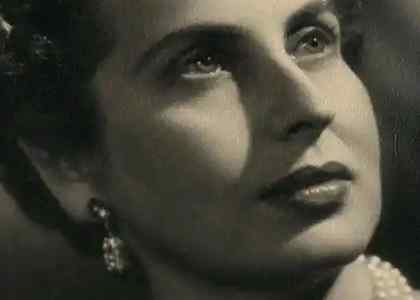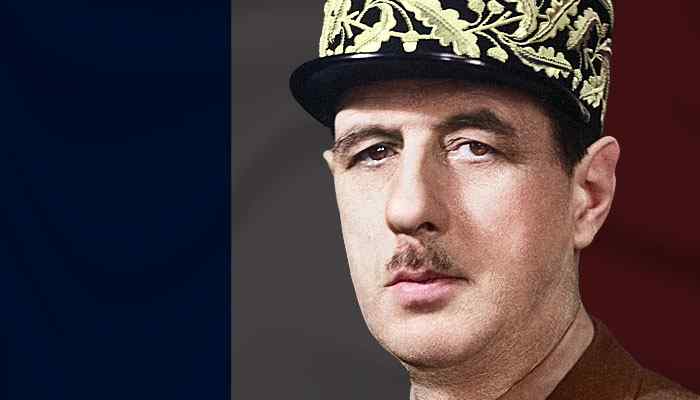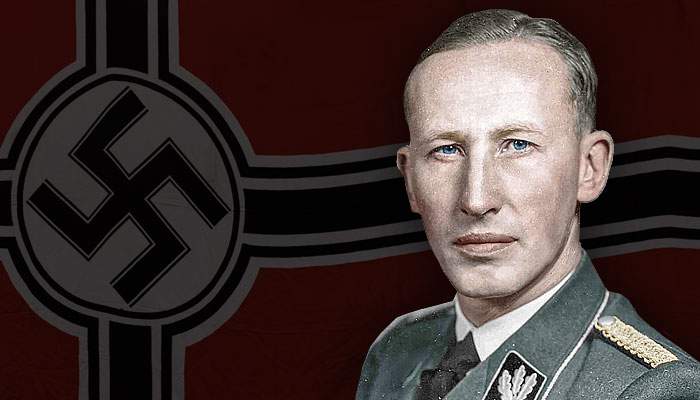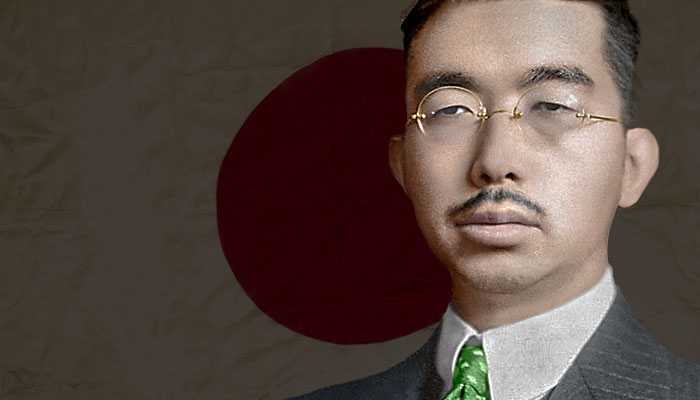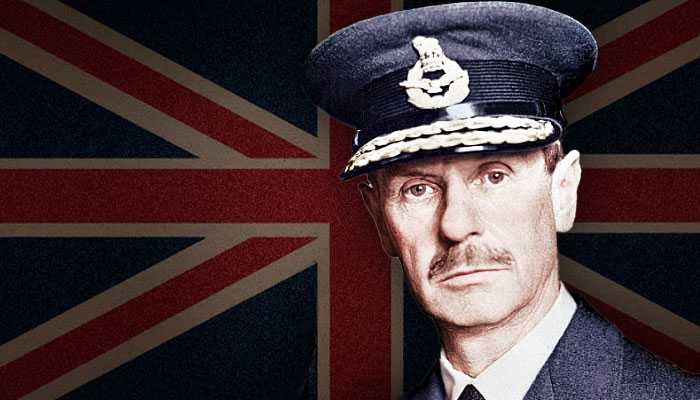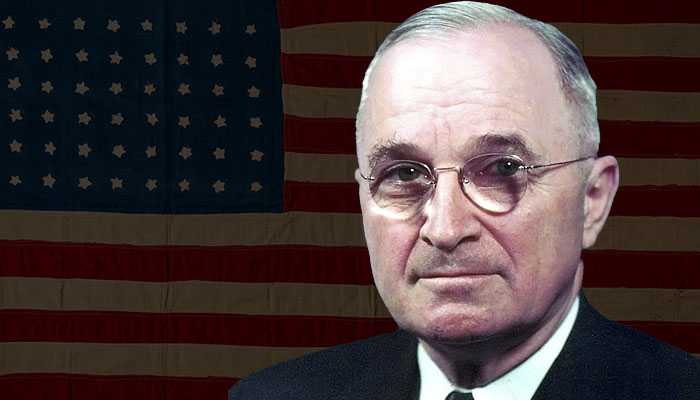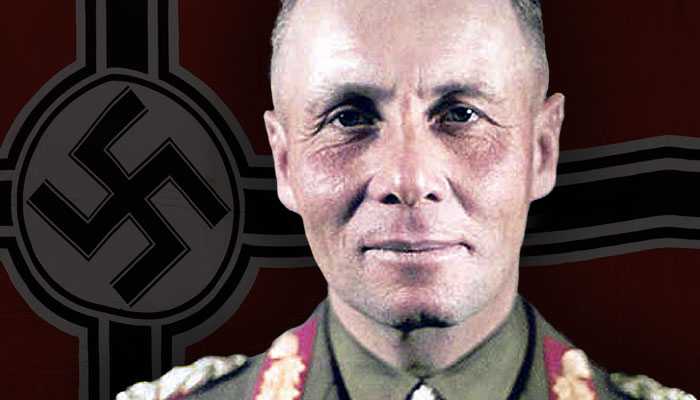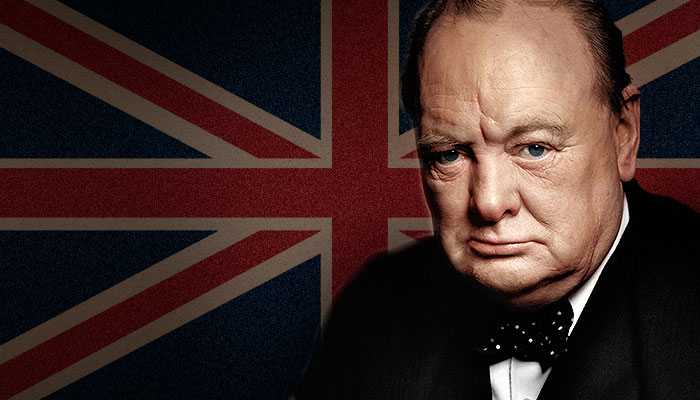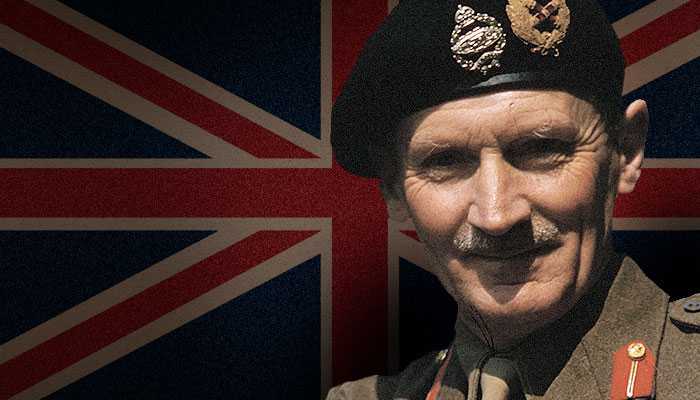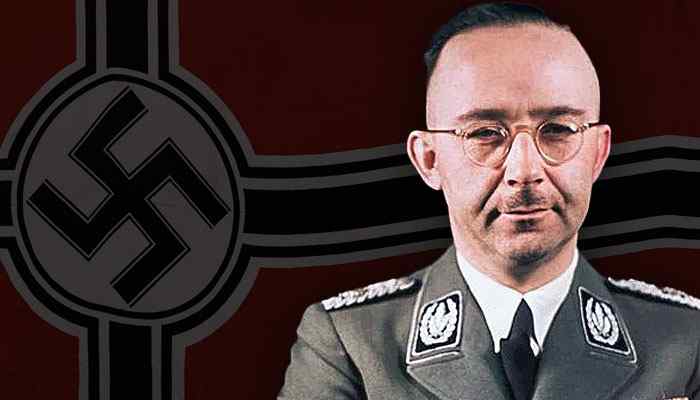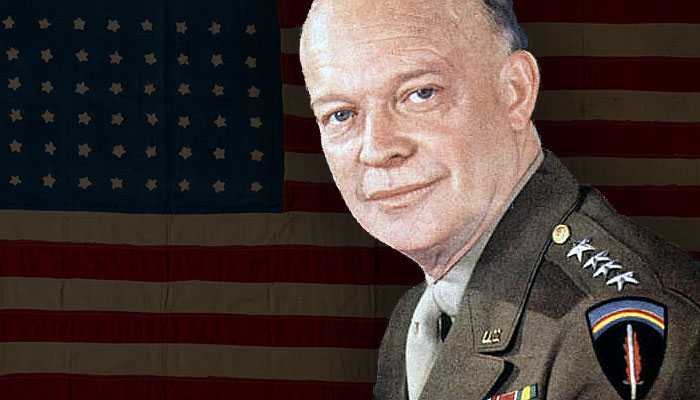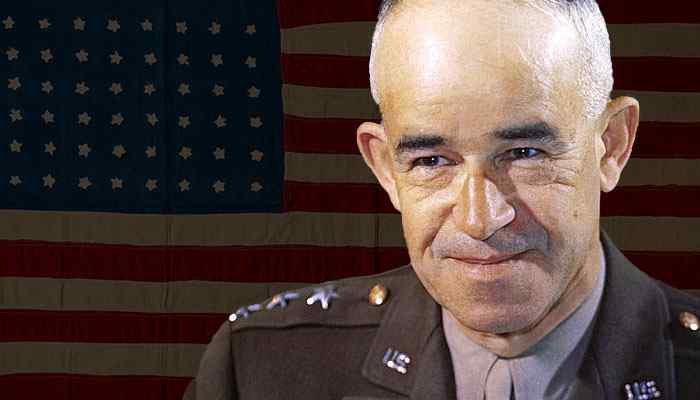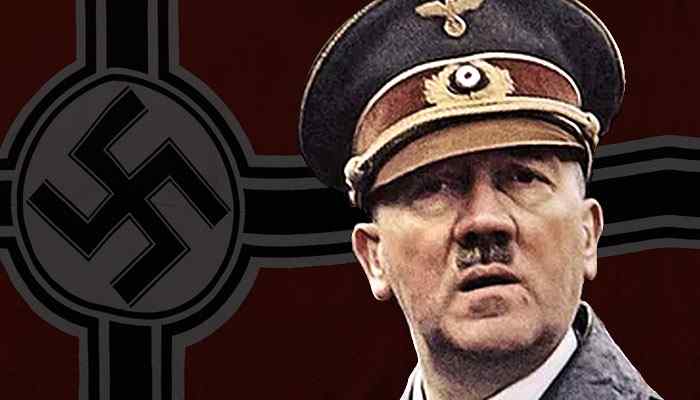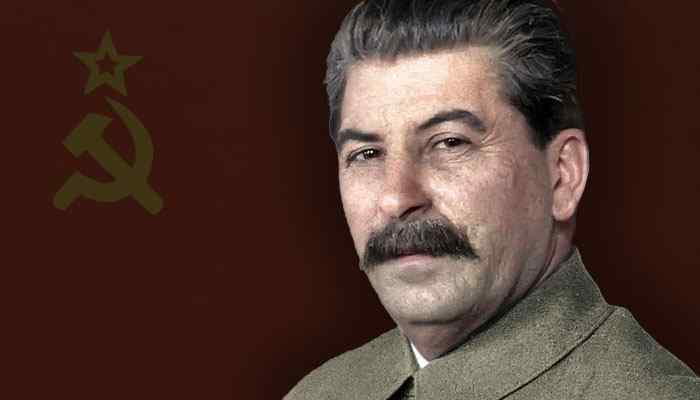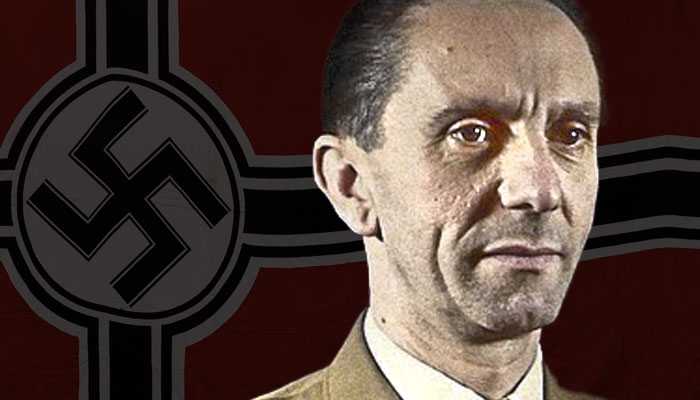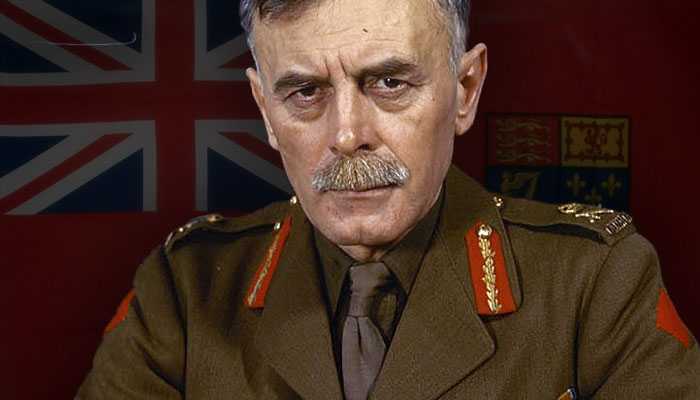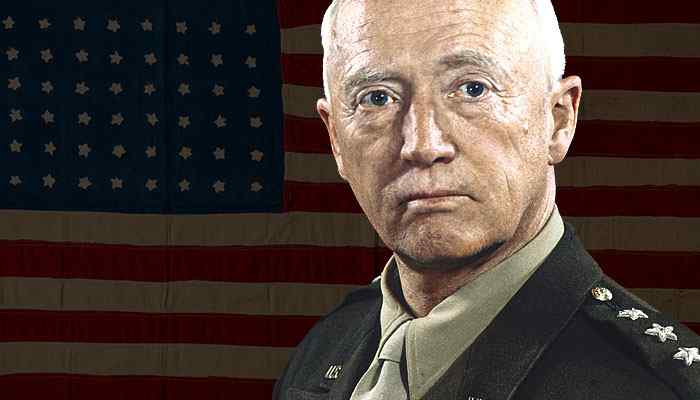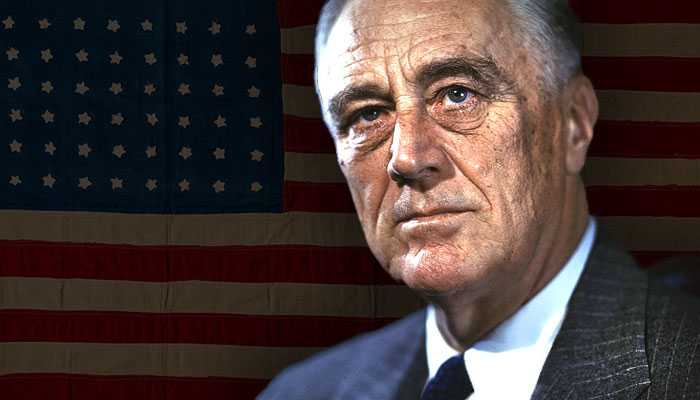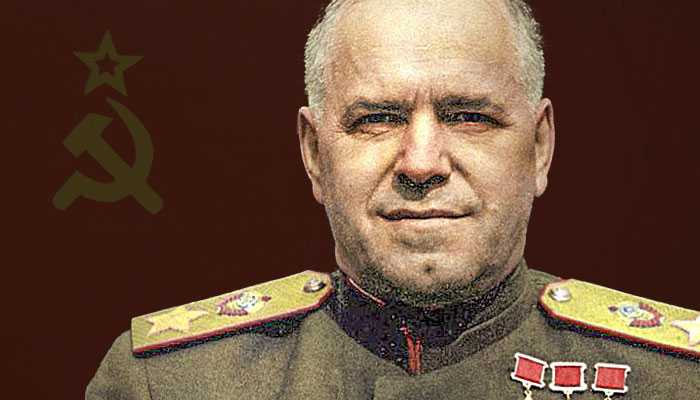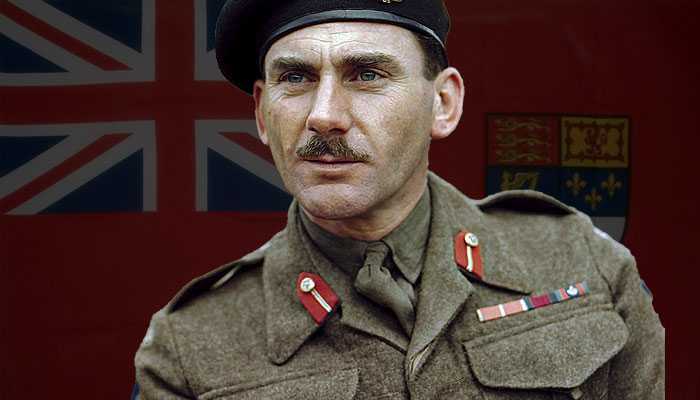World War II: A Global Conflict
World War II was one of the most devastating conflicts in history, lasting from September 1, 1939, to September 2, 1945. What began with Nazi Germany’s invasion of Poland quickly escalated into a global war involving over 100 million people from more than 30 countries, split between the Allies and the Axis powers.
Entire nations mobilized their economies, industries, and people for war. The human cost was staggering, an estimated 50 to 85 million lives lost, many of them civilians. The Soviet Union and China endured especially heavy losses, while the Holocaust claimed the lives of over six million Jews, along with millions of other persecuted groups.
The war brought dramatic changes in warfare, with aircraft used in massive bombing campaigns and new technologies rapidly developed. It ended with the atomic bombings of Hiroshima and Nagasaki in August 1945, acts that forced Japan’s surrender and marked the beginning of the nuclear age.
World War II reshaped the world map, redefined global power and left a legacy of both unimaginable tragedy and lasting lessons about the cost of war.
My website is a place where the voices of soldiers, civilians, survivors, and victims of World War II live on, not just through dates and battles, but through their stories, their courage and their sacrifices. Completely free from political bias and commercial influence, my mission is to offer accurate, well-researched and comprehensive information about this pivotal period in history. This project is a heartfelt labor of love, created to honor the courage, resilience and sacrifice of those who lived through the Second World War.
This site is also dedicated to telling the stories of the Holocaust, where over six million Jews, along with Roma, disabled individuals, political prisoners and others, were systematically murdered. I also shed a light on the horrific actions of the Einsatzgruppen, the mobile death squads who carried out mass shootings across Eastern Europe and the Aktion T4 program, which targeted the most vulnerable under the false guise of "euthanasia." You will find stories of the survivors, victims and eye witnesses of World War 2.
Leave a review
New and updated
Recently added articles
-
Stories
-
Concentration Camps
-
Books
Germany after World War I
After World War I, Germany faced a difficult and uncertain time. The Weimar Republic (Germany’s first democracy) was established following the abdication of the Kaiser, but the country was burdened by the harsh terms of the Treaty of Versailles, which blamed Germany for the war and imposed heavy reparations. The 1920's saw extreme economic hardship, including devastating hyperinflation that wiped out people’s savings, and widespread unemployment. Politically, Germany was unstable, with violent clashes between left- and right-wing groups threatening the fragile democracy. Although there was a brief period of recovery in the mid-1920s, the Great Depression hit hard in 1929, plunging the country into deeper crisis. This environment of fear and anger paved the way for the rise of the Nazi Party and Adolf Hitler.
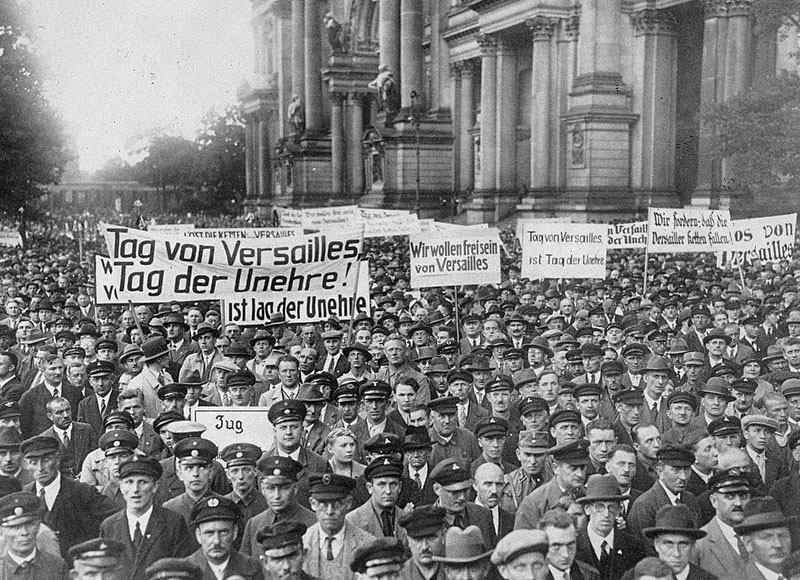
Origins of Nazism: Dietrich Eckart and Adolf Hitler
Dietrich Eckart, a key figure in the rise of Nazism, played a crucial role in shaping Adolf Hitler's ideological foundation. Born in 1868, Eckart was a prominent member of the Thule Society, a nationalist and anti-Semitic group in Munich. His writings and speeches significantly influenced Hitler's early beliefs, particularly his anti-Semitic views and vision of authoritarian leadership.
Adolf Hitler, born on 20 april 1889, joined the German Army in 1913. His experiences during World War I deeply impacted his political outlook. After the war, he joined the Deutsche Arbeiterpartei (DAP), a political party founded by Eckart and others. Under Hitler's leadership, the DAP evolved into the Nationalsozialistische Deutsche Arbeiterpartei (NSDAP), or Nazi Party.
The Nazi Party's 25-point program, which outlined its nationalist and anti-Semitic goals, was a key factor in its rise to power. Hitler's charismatic oratory and political acumen quickly propelled him to leadership within the party, eclipsing his predecessors. By the early 1920s, Hitler had consolidated his control over the Nazi Party, setting the stage for its eventual seizure of power in Germany.
Hitler's Rise to Power: NSDAP's Evolution and Strategies
The National Socialist German Workers' Party (NSDAP), under the leadership of Adolf Hitler, underwent a dramatic transformation in the early 1920s. Initially a relatively small, fringe party, the NSDAP quickly evolved into a powerful political force capable of seizing control of Germany.
A key factor in the NSDAP's rise was its embrace of a more aggressive and militaristic ideology. This shift was exemplified by the establishment of the Sturmabteilung (SA), a paramilitary wing led by Ernst Röhm. The SA's formation signaled the NSDAP's growing emphasis on violence and intimidation as a means of achieving its political goals.
The NSDAP's success was also due to its ability to capitalize on widespread public discontent in post-World War I Germany. The Treaty of Versailles, which imposed harsh terms on Germany, had left the nation humiliated and economically devastated. Many Germans blamed the Weimar Republic government for their country's problems and turned to the NSDAP for a solution.
The NSDAP's appeal was further enhanced by its ability to exploit regional and religious divisions within Germany. In Bavaria, a predominantly Catholic region, the NSDAP was able to gain significant support by portraying itself as a champion of local interests against the Protestant-dominated central government in Berlin.
By skillfully combining these various elements, Hitler and the NSDAP were able to mobilize a large and enthusiastic following, paving the way for their eventual seizure of power in 1933.From the Beer Hall Putsch to Mein Kampf
Following the failed 1923 Beer Hall Putsch, an attempted coup d'état launched at the Bürgerbräukeller in Munich, Adolf Hitler and his Nazi Party associates faced imprisonment in Landsberg, Germany. This pivotal moment marked a turning point in Hitler's career, as he used his time in prison to write his influential manifesto, "Mein Kampf." This book outlined his political ideology, including his anti-Semitic views and his vision for a new German Reich.
After his release from prison, Hitler shifted his strategy from violent revolution to legal and political means. He capitalized on the economic and social turmoil of the Weimar Republic to gain popular support. The Nazi Party's message of racial superiority, anti-Semitism, and economic nationalism resonated with many Germans who were disillusioned with the political and economic situation.
Hitler's rise to power culminated in his appointment as Chancellor of Germany in 1933. Once in power, he implemented a series of policies aimed at consolidating his control, marginalizing political opponents, and persecuting minority groups, particularly Jews. The Nuremberg Laws of 1935, for example, stripped Jews of their German citizenship and imposed severe restrictions on their rights.
The Rise of the Nazi Party: A Path to Power
The Nazi Party's meteoric rise to power in Germany during the Weimar Republic was a pivotal event shaping the 20th century. Through a combination of charismatic leadership, effective propaganda, and strategic exploitation of political instability, Adolf Hitler and the NSDAP transformed from a fringe political movement into a dominant force.
Founded in 1919, the Nazi Party initially struggled to gain traction in the chaotic post-war political landscape. However, the economic turmoil and social unrest of the Great Depression created fertile ground for the party's message of national renewal and social justice. Hitler's charismatic oratory and the party's aggressive propaganda campaigns resonated with a disillusioned and desperate population.
The Nazi Party's ideology was rooted in extreme nationalism, antisemitism, and racial superiority. Hitler's manifesto, "Mein Kampf," outlined his vision for a new Germany, dominated by the Aryan race and free from the perceived threats of communism and Jewish influence. The party's antisemitic rhetoric became a central rallying cry, targeting Jews as scapegoats for Germany's problems.
Through a series of strategic alliances and political maneuvers, the Nazi Party gradually gained influence within the Weimar Republic. In 1933, Hitler was appointed Chancellor of Germany, marking a turning point in the country's history. Once in power, the Nazis implemented a series of discriminatory laws and policies aimed at marginalizing and persecuting Jews. The Nuremberg Laws of 1935 stripped Jews of their citizenship rights and imposed severe restrictions on their lives.
The Nazi regime's policies culminated in the Holocaust, the systematic genocide of European Jews during World War II. The Holocaust was a direct result of the Nazi Party's racist ideology and the dehumanization of Jews. Millions of Jews, Roma, homosexuals, and other targeted groups were murdered in concentration camps and through mass shootings.
The rise of the Nazi Party and the subsequent Holocaust had a profound impact on the world. The atrocities committed by the Nazi regime exposed the dangers of unchecked nationalism, authoritarianism, and hate speech. The legacy of the Nazi era continues to shape global politics and human rights discourse.
The Reichstag Fire: A Nazi Conspiracy
The Reichstag Fire, a devastating blaze that engulfed the German parliament building in Berlin on February 27, 1933, remains a highly controversial event in the history of Nazi Germany. Officially blamed on Dutch communist Marinus van der Lubbe, who was subsequently tried and executed, the fire served as a catalyst for the Nazis to consolidate power and suppress dissent.
However, decades later, the official narrative began to unravel. In 1955, a former SA (Sturmabteilung) member, Hans Martin Lennings, made a startling confession. He claimed that van der Lubbe could not have acted alone, asserting that he had driven the Dutchman to the Reichstag. Lennings alleged that upon their arrival, the fire was already in progress, suggesting that the Nazis themselves may have been responsible for starting it.
The Reichstag Fire had far-reaching consequences. In the aftermath, the Nazi Party swiftly enacted the Enabling Act, a piece of legislation that granted Adolf Hitler extraordinary powers, effectively transforming Germany into a dictatorship. This marked a turning point in the rise of Nazi totalitarianism and the erosion of civil liberties.
The enduring controversy surrounding the Reichstag Fire highlights the complexities of historical interpretation and the importance of critical examination of official narratives. While van der Lubbe was initially presented as a lone wolf, evidence suggests that the fire may have been part of a larger Nazi conspiracy aimed at justifying the suppression of opposition and the consolidation of power.
Dietrich Eckart
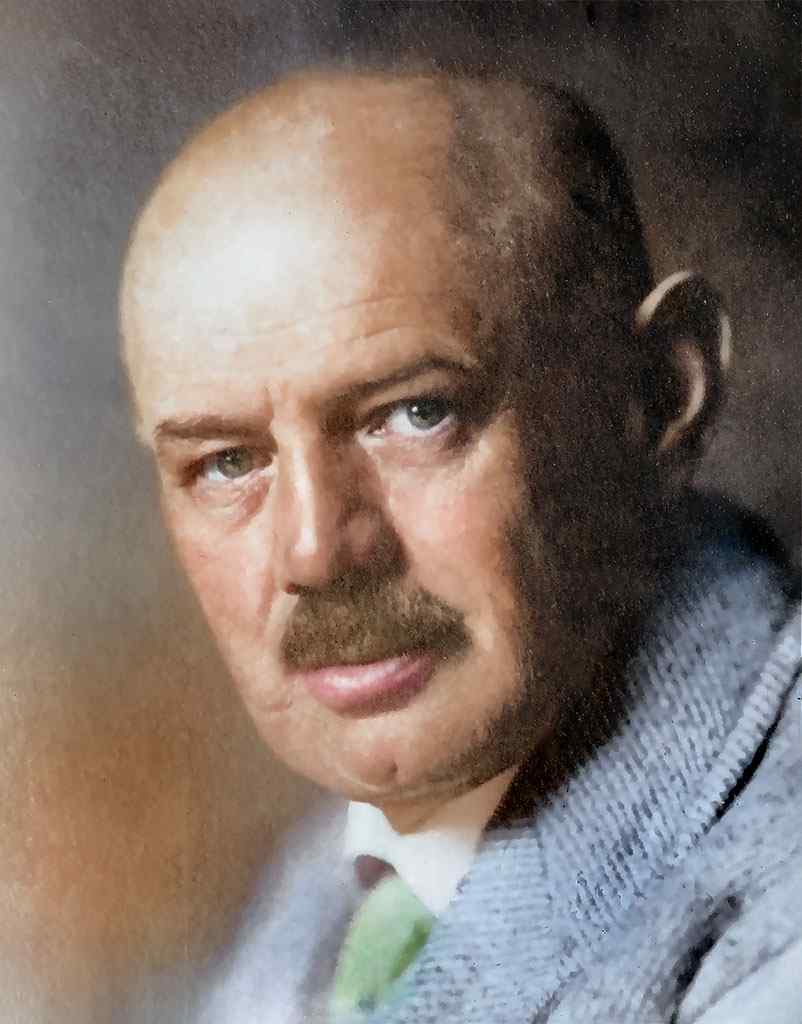
The origins of Nazism can be traced back to Dietrich Eckart. Above picture was colored by myself.
Hitler's political manifesto
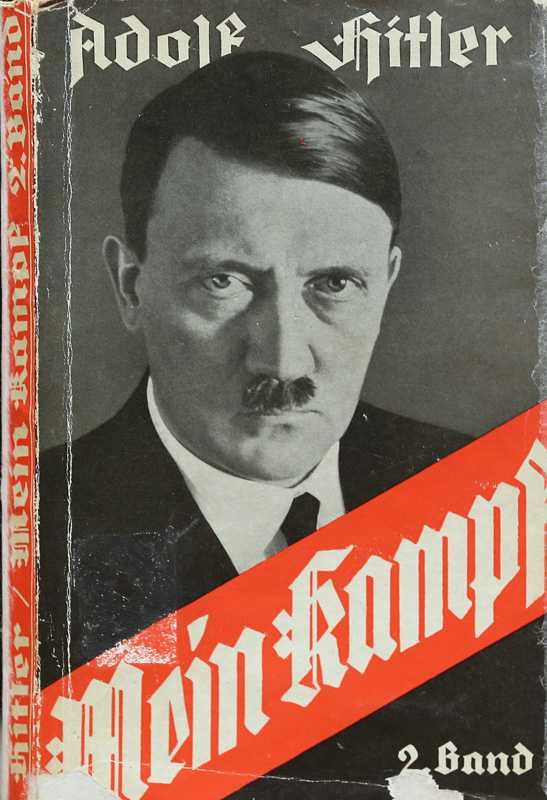
Adolf Hitler embarked on writing Mein Kampf while incarcerated after his unsuccessful coup in Munich. The book was published in two volumes in 1925 and 1926 respectively.
Hitler becomes Chancellor
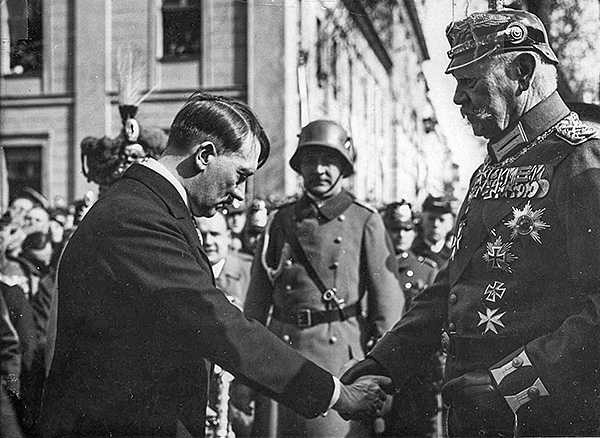
Adolf Hitler and German President Paul von Hindenburg, pictured shortly after Hindenburg's invitation for Hitler to assume the position of chancellor in 1933.
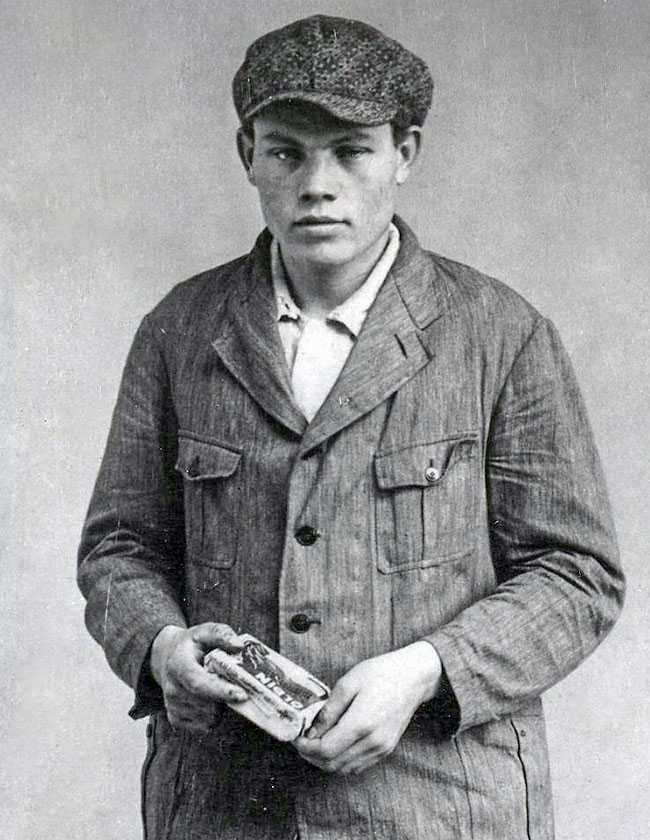
Marinus van der Lubbe, a notable Dutch communist, is infamous for his alleged involvement in the Reichstag Fire on February 27, 1933, in Berlin, Germany. Born on January 13, 1909, van der Lubbe emerged as a politically active figure during a time of significant social and economic turmoil in Europe.
Kristallnacht: Turning Point in Nazi Persecution of Jews
The night of November 9 to November 10, 1938, marked a pivotal moment in the escalating persecution of Jews in Nazi Germany. Known as Kristallnacht, or the "Night of Broken Glass," this violent pogrom saw synagogues, Jewish homes, and businesses across Germany vandalized, looted, and set ablaze. The destruction was widespread, with countless shards of shattered glass littering the streets.
The immediate catalyst for Kristallnacht was the assassination of German diplomat Ernst vom Rath by 17-year-old Herschel Grynszpan on November 7, 1938. Grynszpan's act was a desperate retaliation for the expulsion of his Jewish parents from Germany, a move that had forced them to flee to Paris. The death of vom Rath provided the Nazi regime with a pretext to unleash a wave of anti-Jewish violence.
In the aftermath of Kristallnacht, thousands of Jews were arrested, deported to concentration camps, and subjected to further persecution. The pogrom marked a significant escalation in the systematic discrimination and violence against Jews in Nazi Germany, paving the way for the Holocaust.
Holocaust: Nazi Germany's Genocide of European Jews
The Nazi regime's genocidal campaign against European Jews, known as the Holocaust, was implemented under the horrific policy dubbed the "Final Solution." This term was adopted in July 1941 to describe the systematic extermination of individuals identified as Jews across Europe and beyond. The campaign's horrific escalation began with the segregation of Jews into ghettos, culminating in the full implementation of the "Final Solution to the Jewish Question."
The Wannsee Conference in Berlin on January 20, 1942, formalized this genocidal policy by Nazi officials. The devastating consequences of this plan led to the Holocaust, a period marked by the methodical and widespread extermination of European Jews.
The Holocaust history
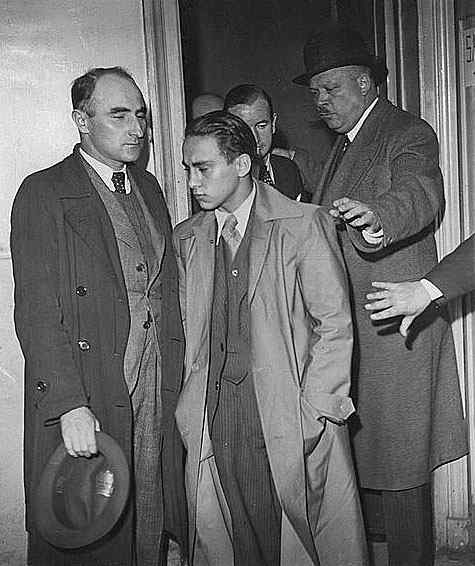
Herschel Grynszpan, surrounded by police officers, following his initial interrogation at police headquarters in Paris, France, on November 7, 1938.
The definition of the Holocaust also known as the Shoah (Hebrew) is exceptionally complex. But it can be stated that it was the genocide of the European Jews during WW2.
When did World War II start?
On September 1, 1939, the world was plunged into a devastating war as Nazi Germany launched a brutal invasion of Poland. This unprovoked attack, carried out without a formal declaration of war, marked the beginning of World War II. Despite Poland's efforts to maintain peace, Nazi Germany's unfounded claims of an imminent Polish attack served as a pretext for the invasion.
The invasion of Poland was a horrific act of aggression, marked by extreme violence and brutality. Nazi forces inflicted immense suffering on the Polish population, resulting in the deaths of millions of civilians, including over 2 million Jews. The country's infrastructure was systematically destroyed, leaving a lasting legacy of destruction.
In response to Germany's aggression, France and Britain declared war on Nazi Germany on September 3, 1939. The invasion of Poland served as a grim harbinger of the atrocities to come, setting the stage for a global conflict of unprecedented scale and devastation. The war would leave an enduring mark on human history as one of the deadliest and most destructive conflicts ever witnessed.
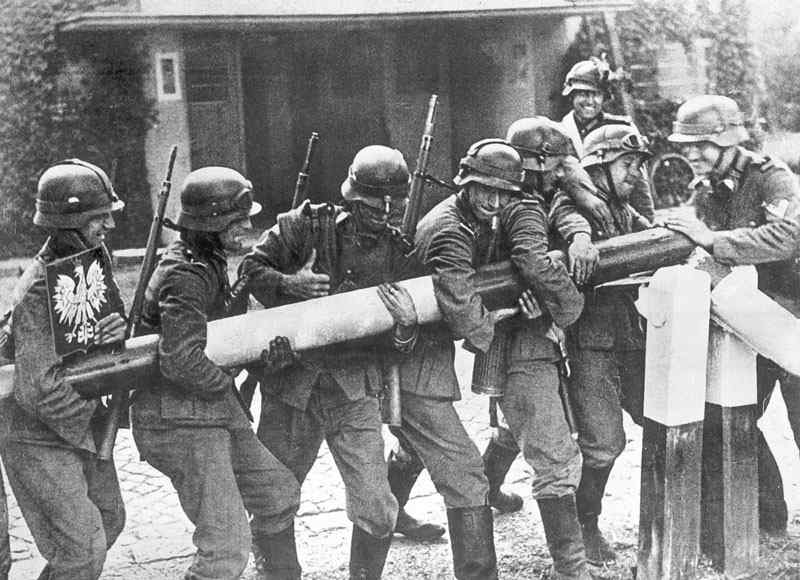
Germany invades Poland
The most decisive battles of WW2
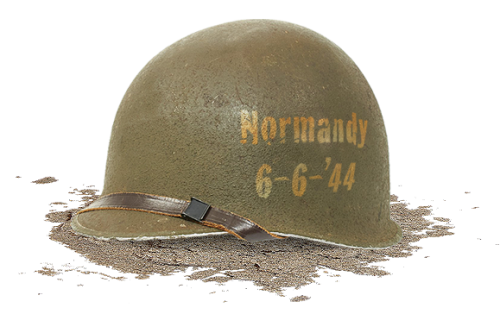
D-Day: Turning Point of WW2
What was D-Day?
D-Day was the the Allied answer to occupancy and hostile regime of Nazi Germany with the end goal of putting an end to WW2. At 06:30 am on Tuesday June 6th, 1944 Operation Neptune or D-Day (amphibious assault) is unleashed along a 60 mile stretch of coast between the Cotentin Peninsula and the Orne River in Normandy, France. The invasion on the shores of Normandy were part of Operation Overlord (Allied invasion of Normandy).
Planning for D-Day
Planning for the operation began in 1943. Overlord was an Allied military operation of unprecedented scale, with an amphibious assault from Allied troops on the beaches combined with Allied airborne operations behind enemy lines inland. The Allies conducted a substantial military deception, codenamed Operation Bodyguard, to mislead the Germans as to the date and location of the main landings.
D-Day was originally planned for June 5
In the months leading up to the invasion, the weather was far from ideal and the operation had to be delayed 24 hours until June 6th, 1944. A further postponement would have meant a delay of at least two weeks, as the invasion planners had requirements for the phase of the moon, the tides, and the time of day that meant only a few days each month were deemed suitable.
The landings beaches in Normandy
The amphibious assault focused on five separate beaches in Normandy codenamed Omaha, Utah (American sector), Gold, Sword (British sector), and Juno (Canadian sector). At the end of the day small beachheads had been secured. It would turn out to be the turning point of World War 2 in western Europe. With over 156.000 troops, 5.000 landing craft, and 2.800 combat aircraft, the Allies launched a massive assault along a 50-mile stretch of coastline. Despite fierce resistance from German forces, the Allies managed to secure a foothold in Normandy, paving the way for a long and arduous campaign to liberate France and other occupied territories.
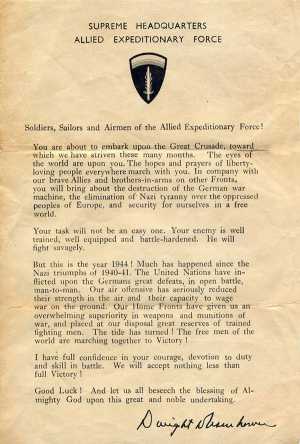
D-Day in Numbers: Statistics behind Operation Overlord
The impact and scale of the Normandy landings
Records varied between Allied nations, each using different methods to count personnel, equipment and casualties. Many official documents were lost, destroyed, or never compiled during the fog of war. German figures were even more fragmented, with retreating forces often destroying reports and inconsistencies plaguing Nazi records.
Supreme Commander of the Allied Forces in Europe Dwight D. Eisenhower, visited the Ohrdruf concentration camp on April 15, 1945. He said:
“The other day I visited a German internment camp (Ohrdruf). I never dreamed that such cruelty, bestiality and savagery could really exist in this world! It was horrible. I made the visit deliberately, in order to be in position to give first-hand evidence of these things if ever, in the future, there develops a tendency to charge these allegations merely to “propaganda.”
Dwight D. Eisenhower
Discover the history of the Nazi concentration camps
World War 2 Blog
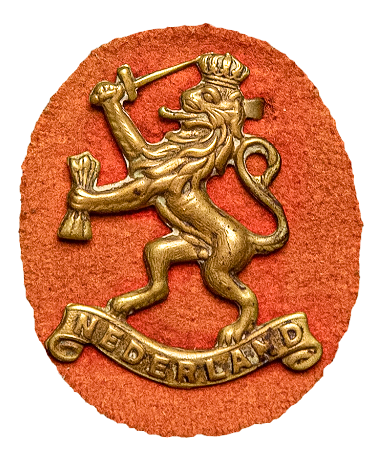
Dodenherkdenking
The Netherlands celebrates it's liberation
On May 5th, in Hotel de Wereld in Wageningen (NL), Canadian General Charles Foulkes and German General Johannes Blaskowitz met to arrange the implementation of the surrender. The formal agreement was signed on May 6th at Wageningen University. Although the real capitulation occurred on May 4th, May 5th became Liberation Day, symbolizing the moment freedom truly returned to the Netherlands.
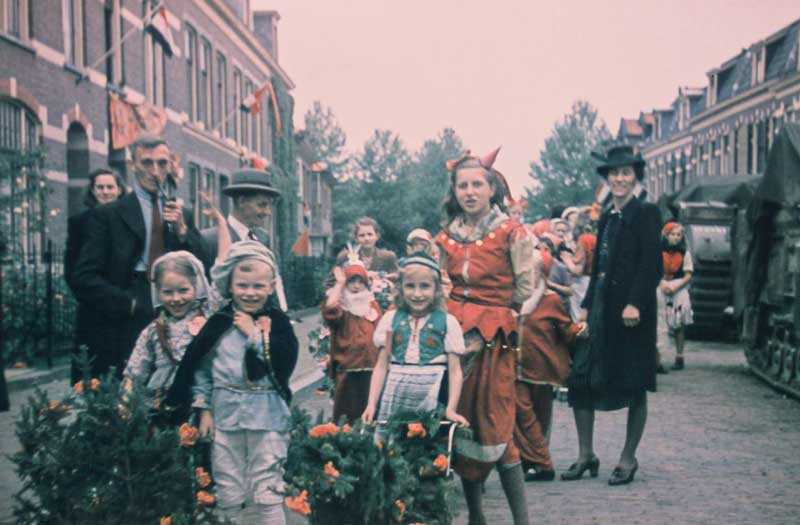
Leaders of the Axis and Allied forces during WW2
The Human Cost of World War II: Casualty Estimates
World War II was one of the deadliest events in human history, with an estimated 50 to 85 million lives lost. Around 20 million were soldiers, but the majority, nearly 40 million, were civilians who suffered unimaginable horrors.
Death had many causes: genocide, including the Holocaust, mass bombings, starvation, disease, and forced labor. Millions of innocent people Jews, Roma and Sinti, gay people, the disabled and others, were systematically targeted and killed.
Behind every number is a human story. We must continue to remember, learn and work toward a world built on peace, dignity and justice for all.
